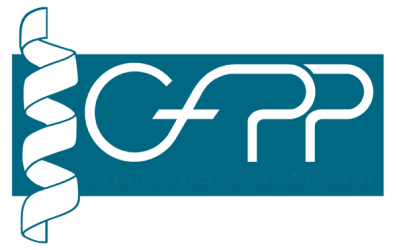
Synthesis and biologicals activities of the natural cyclic peptide stylissatin A and its various analogues arereported. The findings suggest that specific amino acid residues such as Ile at position 2, Pro at 4 and 6, and Tyr at position 1 are key contributors to the peptide’s therapeutic potential.
ABSTRACT
Marine sponges are sessile invertebrates found in moderate, arctic, and tropical regions, serving as a valuable reservoir of bioactive compounds, particularly Pro-rich peptides. Among these, cyclic peptides have attracted significant interest due to their diverse therapeutic properties. One notable example is Stylissatin A (SA), a Pro-rich cyclic peptide reported from the marine sponge Stylissa massa. SA and its analogues have shown promising biological activities, including anti-inflammatory, anticancer, and anti-obesity effects. Despite the vast potential of marine-derived peptides, only a small number have progressed to the pharmaceutical market. Cyclic peptides like SA offer unique opportunities for molecular modifications and total synthesis, enabling the enhancement of potency, improvement of physicochemical properties, and optimization of synthetic yields. This review highlights the synthetic strategies developed for the total synthesis of SA, explores its structural features and related analogues, and discusses their therapeutic potential, underscoring the promise of SA-based scaffolds as novel peptide-based drug candidates.


